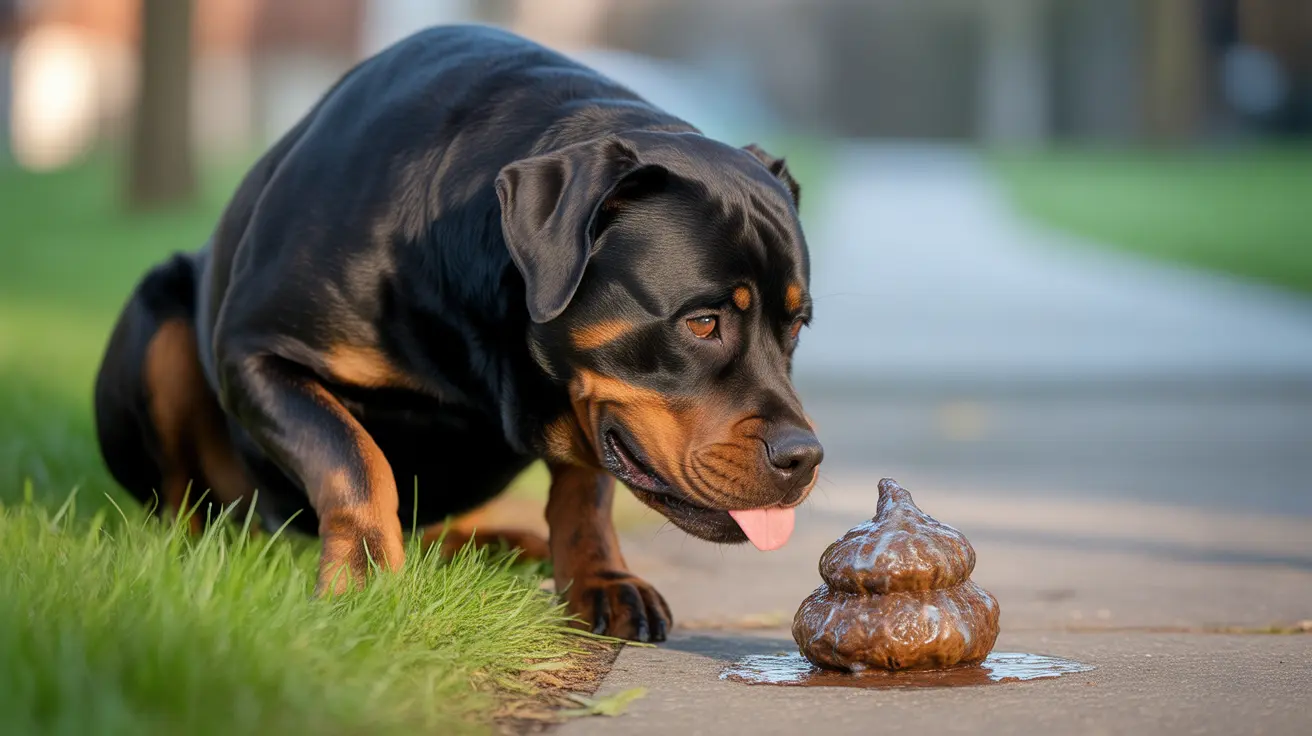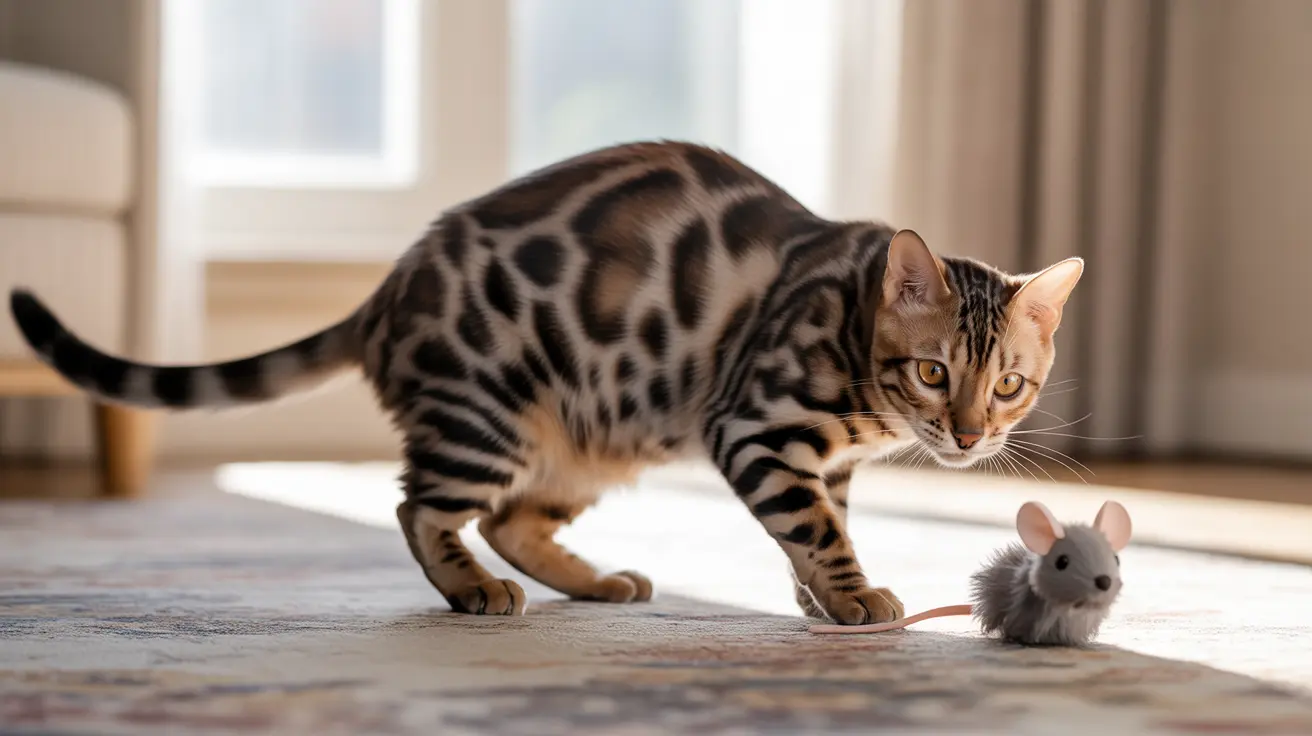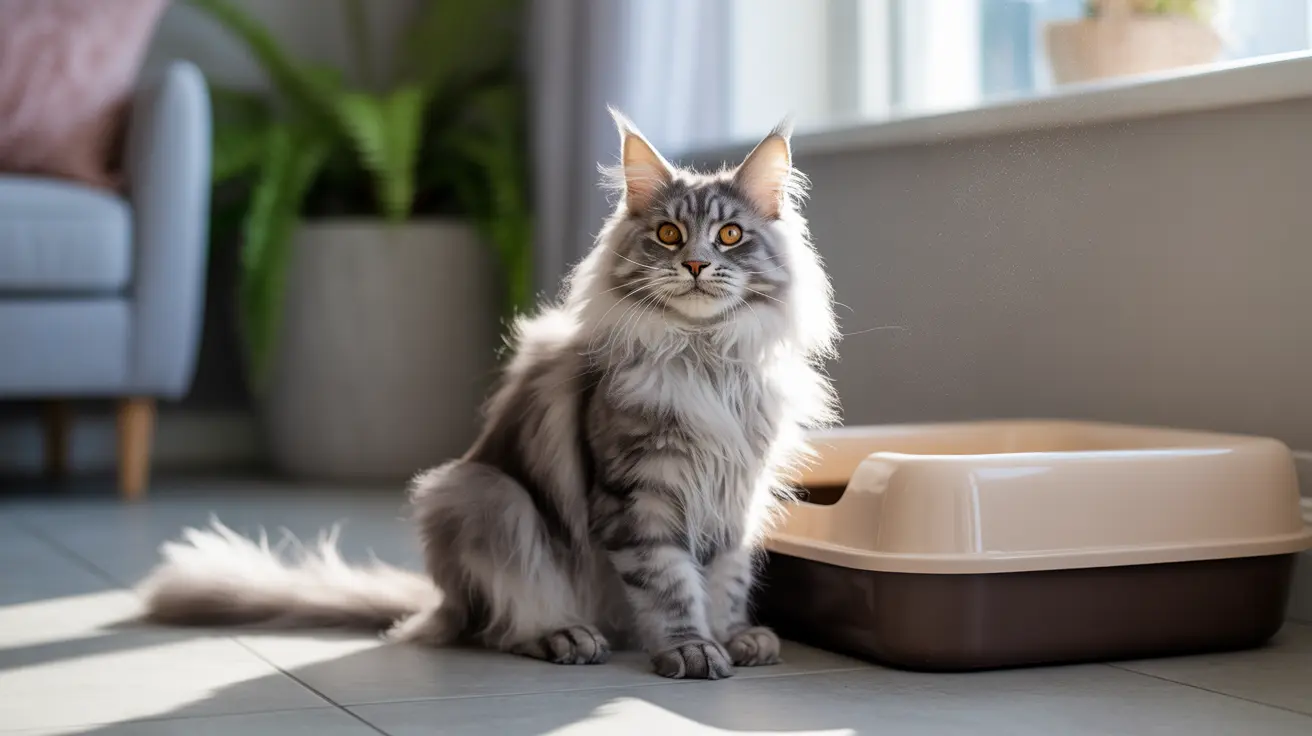Finding your dog's poop encased in a membrane-like substance can be concerning for any pet owner. This slimy or mucus-like coating, while sometimes alarming, is actually a common occurrence that can signal various underlying conditions - from simple dietary changes to more serious health issues.
In this comprehensive guide, we'll explore why dogs sometimes produce mucus-coated stools, when it's a cause for concern, and what steps you should take to address this condition.
What Causes Mucus-Coated Dog Poop?
The appearance of a membrane-like coating on dog poop typically results from increased mucus production in the intestinal tract. Your dog's digestive system naturally produces some mucus to lubricate and protect the intestinal lining, but several factors can trigger excess production:
- Sudden dietary changes
- Inflammatory bowel conditions
- Bacterial or viral infections
- Parasitic infections
- Stress or anxiety
- Food allergies or sensitivities
When Should You Be Concerned?
While occasional mucus in dog stool isn't usually cause for alarm, certain signs warrant immediate veterinary attention:
Red Flag Symptoms
- Persistent mucus lasting more than 48 hours
- Blood in the stool
- Diarrhea or very loose stools
- Lethargy or decreased appetite
- Vomiting
- Visible weight loss
Diagnostic Process and Treatment Options
If your dog's poop consistently shows a membrane-like coating, your veterinarian may recommend several diagnostic steps:
Common Diagnostic Methods
- Fecal examination
- Blood work
- Physical examination
- Diet history review
- Imaging tests (in some cases)
Treatment Approaches
Treatment varies depending on the underlying cause but may include:
- Dietary modifications
- Probiotics
- Anti-inflammatory medications
- Antibiotics (if bacterial infection is present)
- Parasite treatment
- Stress management strategies
Prevention and Management
To minimize episodes of membrane-coated stools, consider these preventive measures:
- Implement gradual diet transitions
- Maintain regular deworming schedules
- Feed a high-quality, balanced diet
- Prevent access to garbage and foreign objects
- Manage stress levels
- Schedule regular veterinary check-ups
Frequently Asked Questions
What causes my dog's poop to be encased in a slimy membrane or mucus?
Dog poop can become encased in mucus due to various factors including intestinal inflammation, infections, parasites, dietary changes, or stress. This mucus is produced by the intestinal tract as a protective mechanism.
When should I be worried about mucus in my dog's stool?
Be concerned if the mucus persists for more than 48 hours, is accompanied by blood, diarrhea, lethargy, vomiting, or decreased appetite. These symptoms warrant immediate veterinary attention.
How can dietary changes affect mucus production in dog poop?
Sudden dietary changes can irritate the intestinal lining, causing increased mucus production. Always transition to new foods gradually over 7-10 days to minimize digestive upset.
What are common infections or parasites that lead to mucus-coated dog poop?
Common culprits include Giardia, whipworms, bacterial infections like E. coli, and viral infections such as parvovirus. These pathogens can irritate the intestinal lining, triggering excess mucus production.
How do veterinarians diagnose and treat mucus in a dog's stool?
Veterinarians typically perform fecal examinations, blood tests, and physical examinations to determine the cause. Treatment may include medications, dietary changes, probiotics, or other therapies based on the underlying condition.
Remember, while some mucus in dog stool can be normal, persistent or excessive amounts should be evaluated by a veterinarian to ensure your pet's optimal health and well-being.






